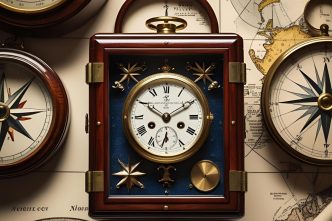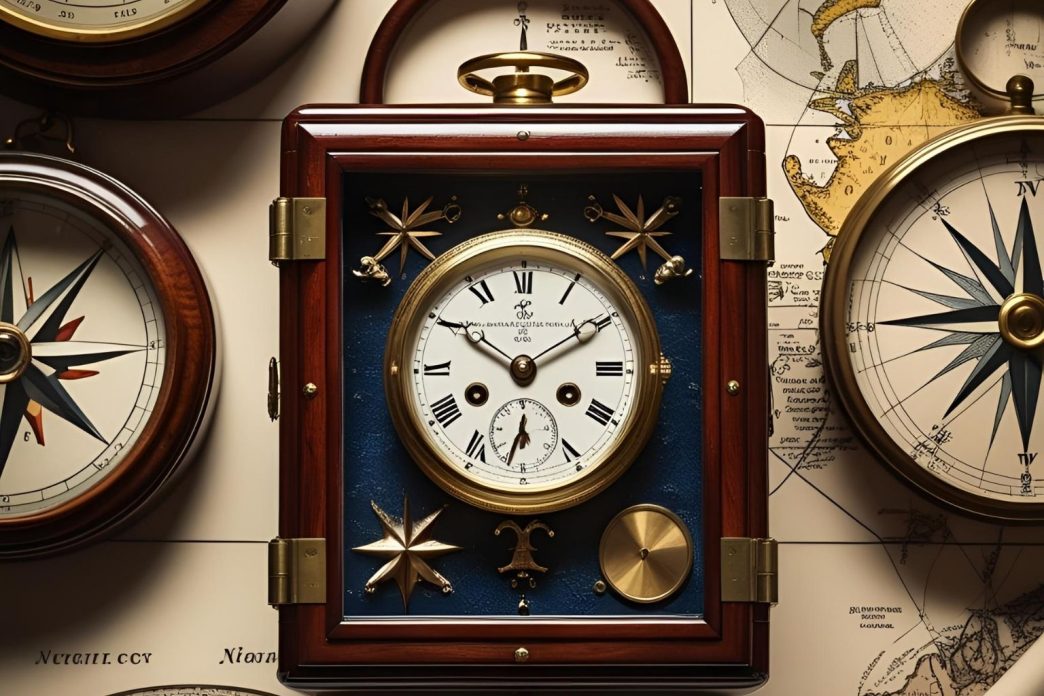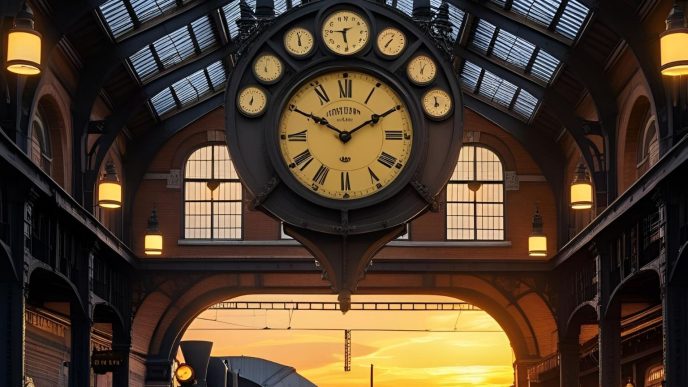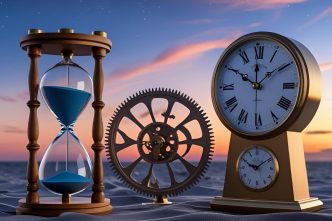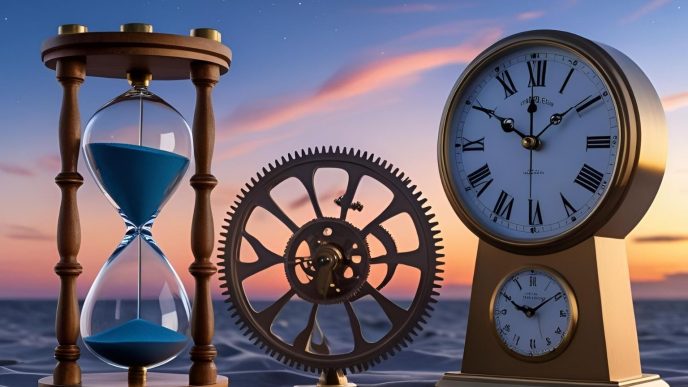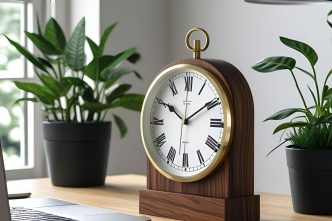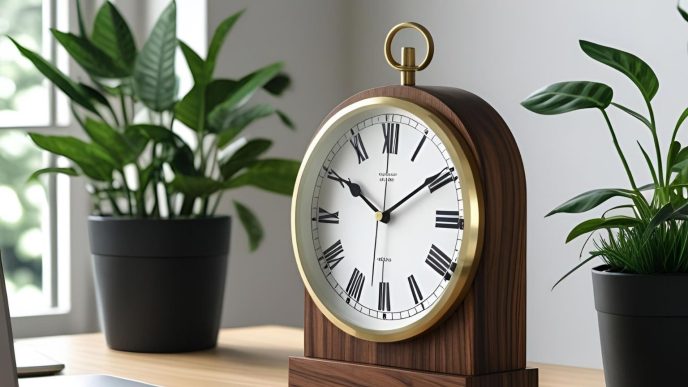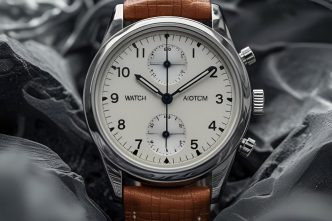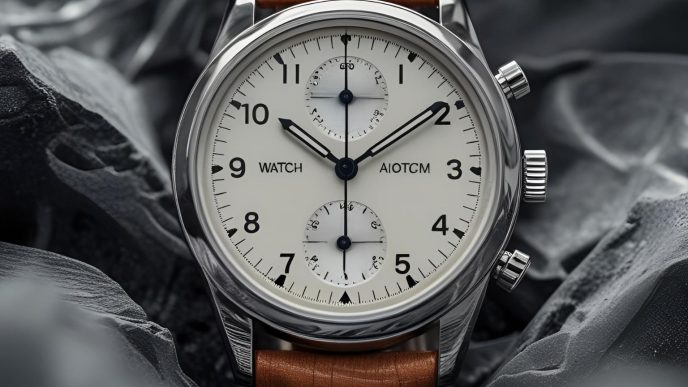Throughout history, time has not only governed daily life but also shaped humanity’s quest for exploration, safety, and understanding of the world. In maritime navigation, where getting lost meant death or disaster, accurate timekeeping became the difference between survival and tragedy. Enter the marine chronometer—not just a timepiece, but one of humanity’s greatest navigational achievements.
Knowing Time Meant Knowing Where You Were
In the early days of seafaring, sailors could determine latitude by measuring the sun’s or stars’ altitude. But longitude—which told them how far east or west they had traveled—was much harder to determine. It required comparing Greenwich Mean Time to local time aboard the ship. But no clock could withstand the rocking of ships, changes in temperature, and humidity—until the 18th century.
British horologist John Harrison, after decades of trial and error, crafted the H4—the first highly accurate marine chronometer. This invention revolutionized navigation and helped establish Britain’s dominance at sea.
Engineering Marvels at Sea
Don’t let their simple appearance fool you. Marine chronometers were mechanical masterpieces. Inside their lacquered wooden boxes were spring-driven mechanisms, temperature-compensated balance wheels, and shock-resistant mountings. These clocks were calibrated daily and treated with utmost care. A single mistake could mean a navigational error of hundreds of miles.
Suspended inside their casing to absorb shock and protected from moisture, they became a standard on naval vessels by the 19th century.
How Chronometers Transformed Navigation
With the introduction of marine chronometers, accurate sea charts, safer trade routes, and more effective naval strategies became possible. Ships could now navigate with far more precision. This contributed to the success of empires, the growth of global trade, and the evolution of oceanic travel.
Chronometers not only saved lives; they created confidence in long-distance voyages, changed how ships interacted, and ultimately reshaped geopolitics.
Beauty Beyond Function
These devices weren’t just practical—they were beautiful. Crafted with brass, glass, and polished wood, marine chronometers often included detailed engravings and elegant handwork. Today, they are admired as historical artifacts and works of art, displayed in maritime museums or prized by collectors.
A Legacy Beyond Time
Marine chronometers proved that time was more than a number—it was a lifeline. These silent companions helped sailors find their way across vast oceans, guided by stars and powered by springs.
They were more than just instruments. They were navigators, guardians, and reminders that the mastery of time can change the fate of nations.


